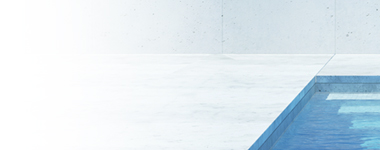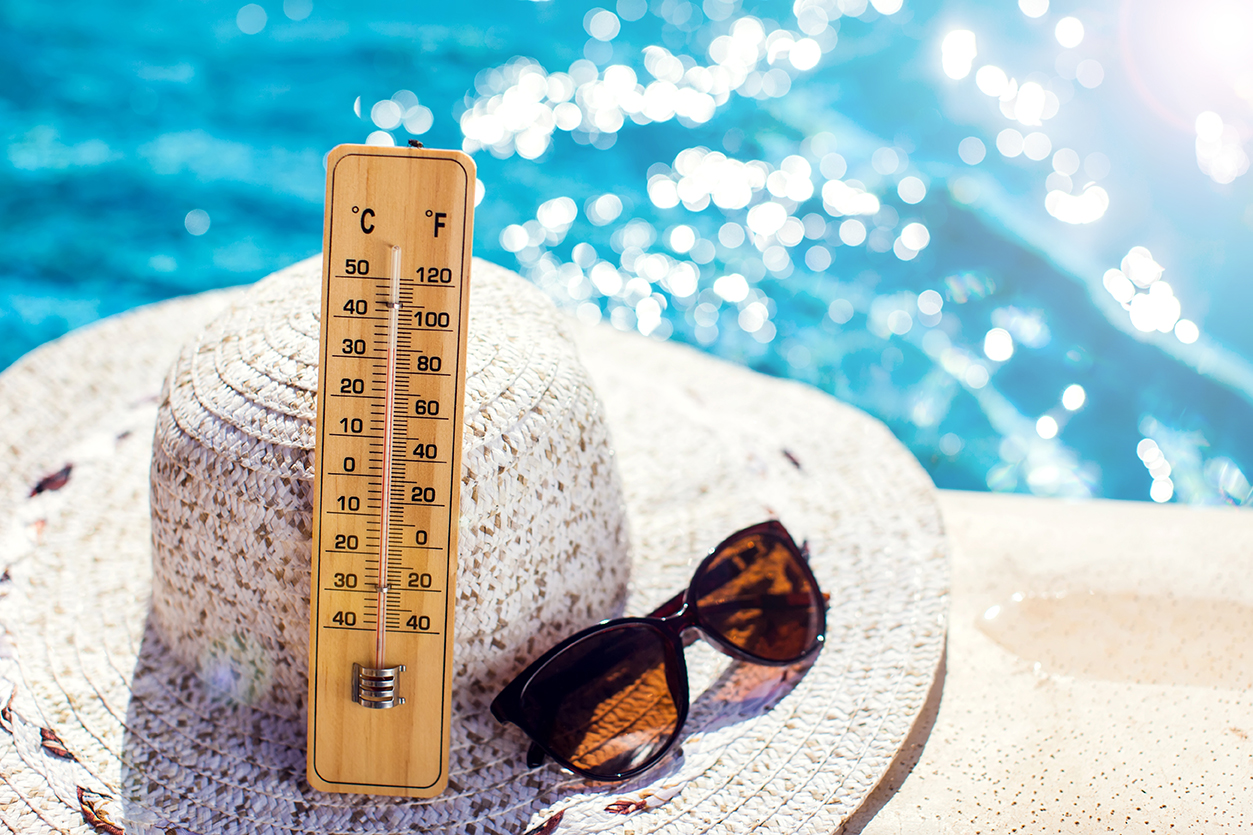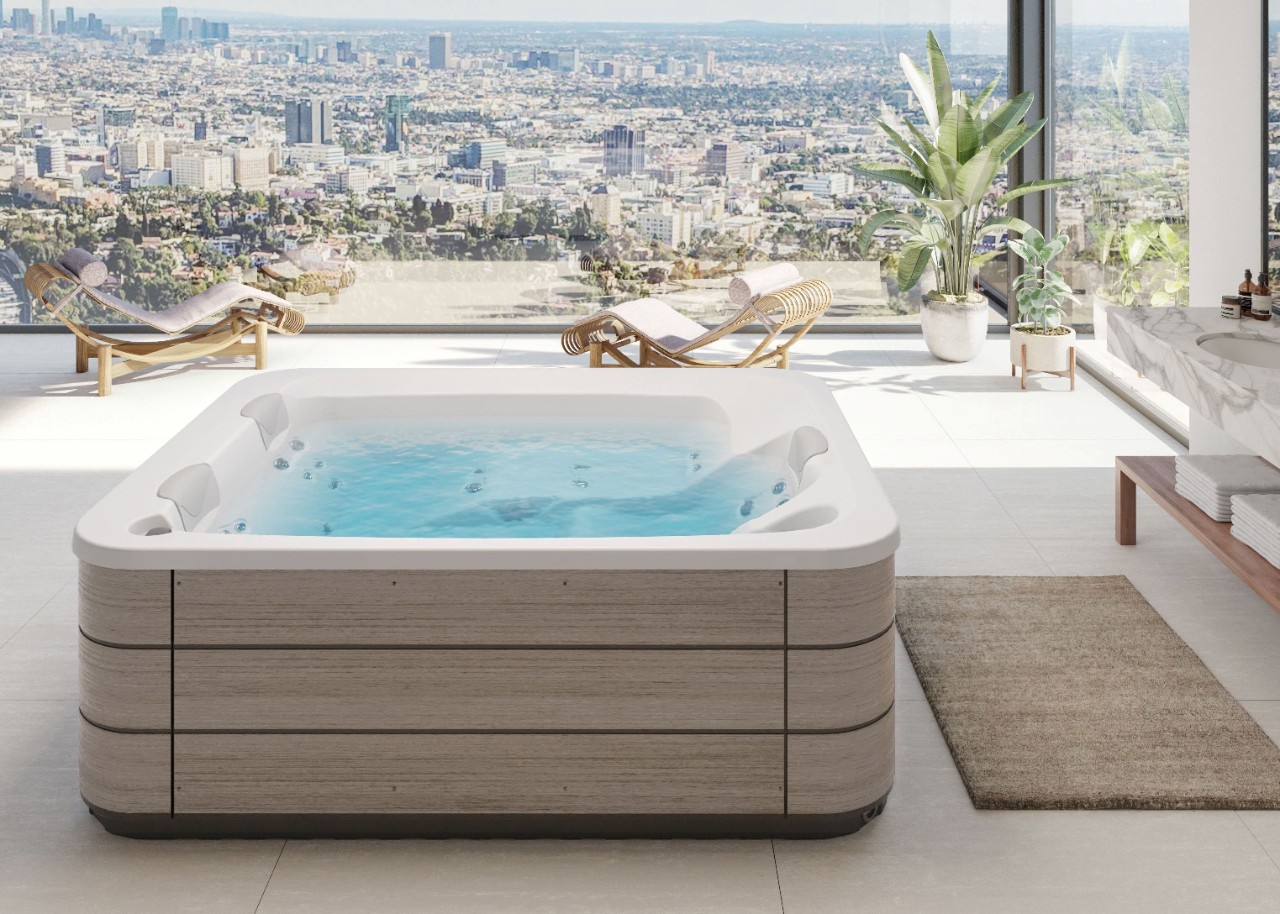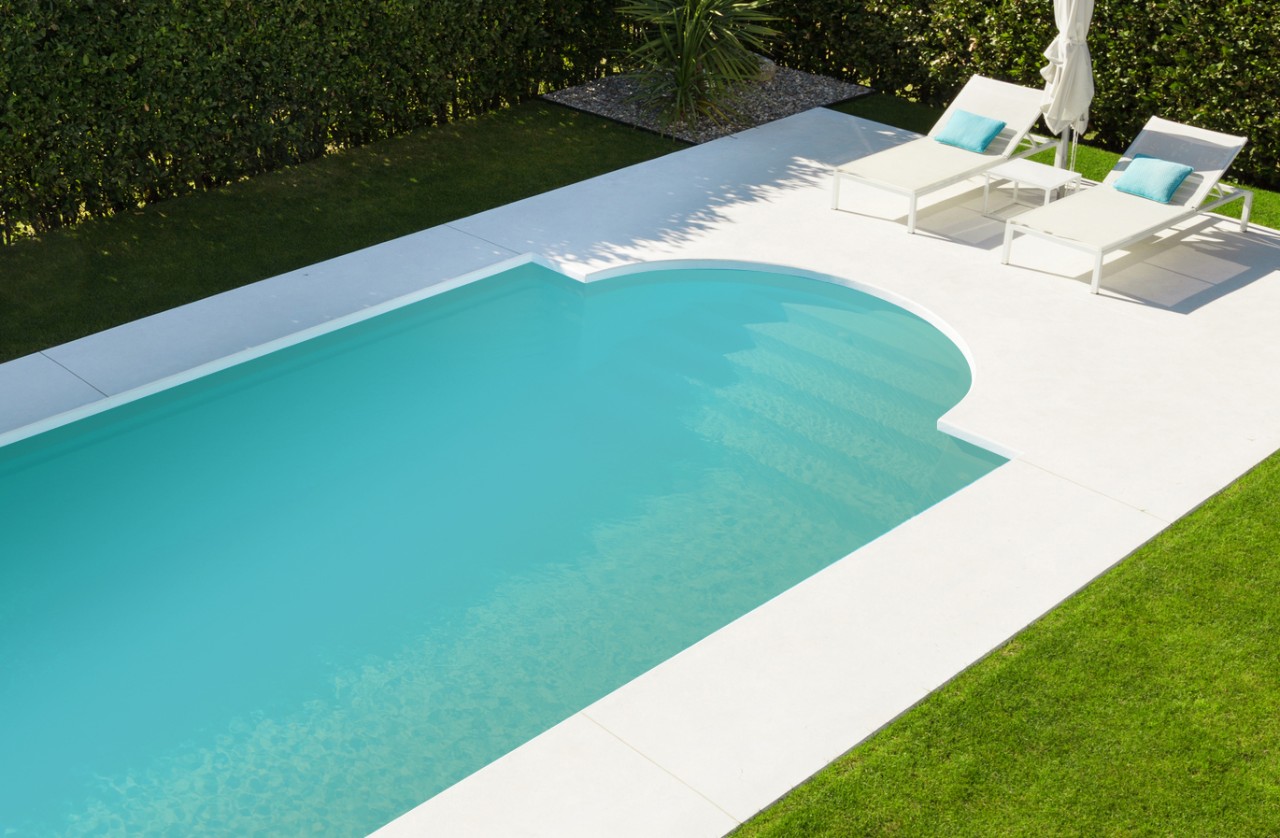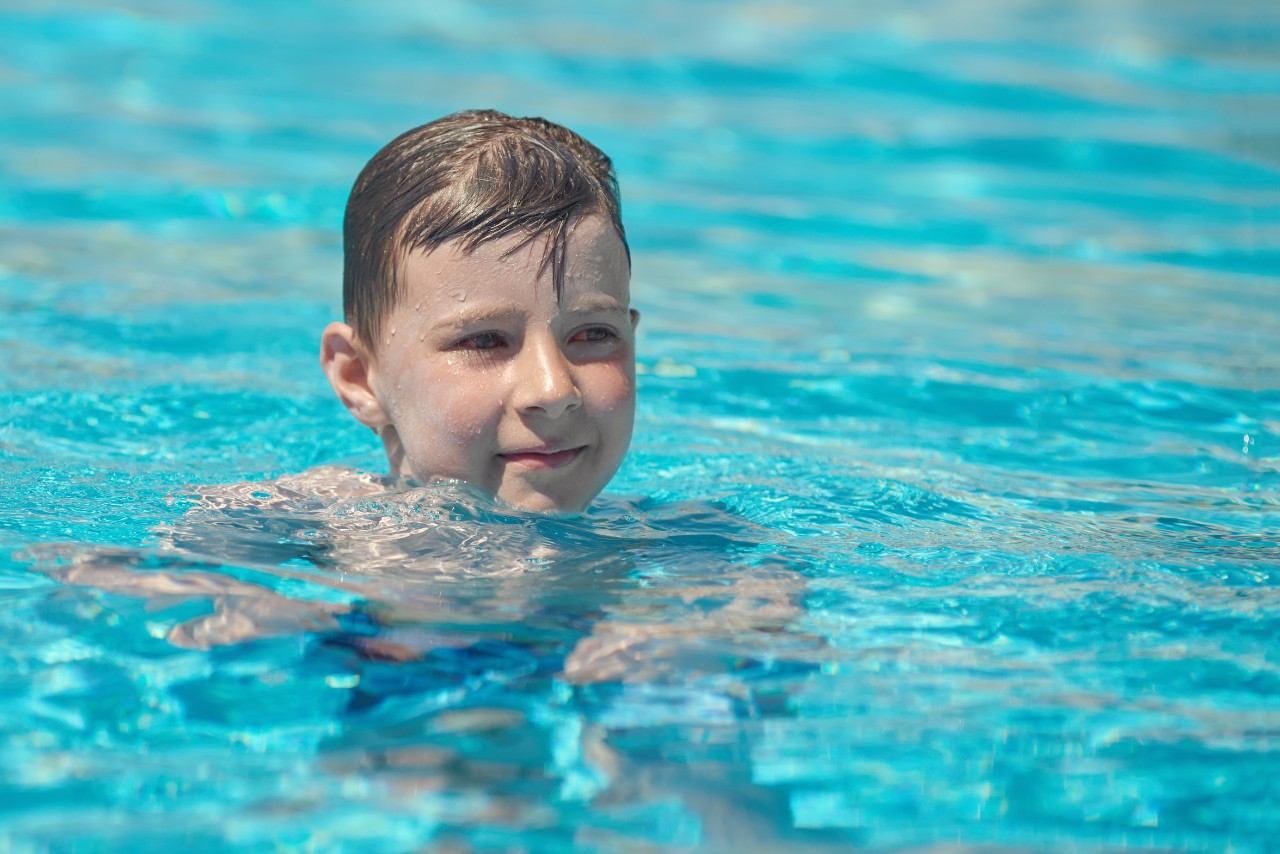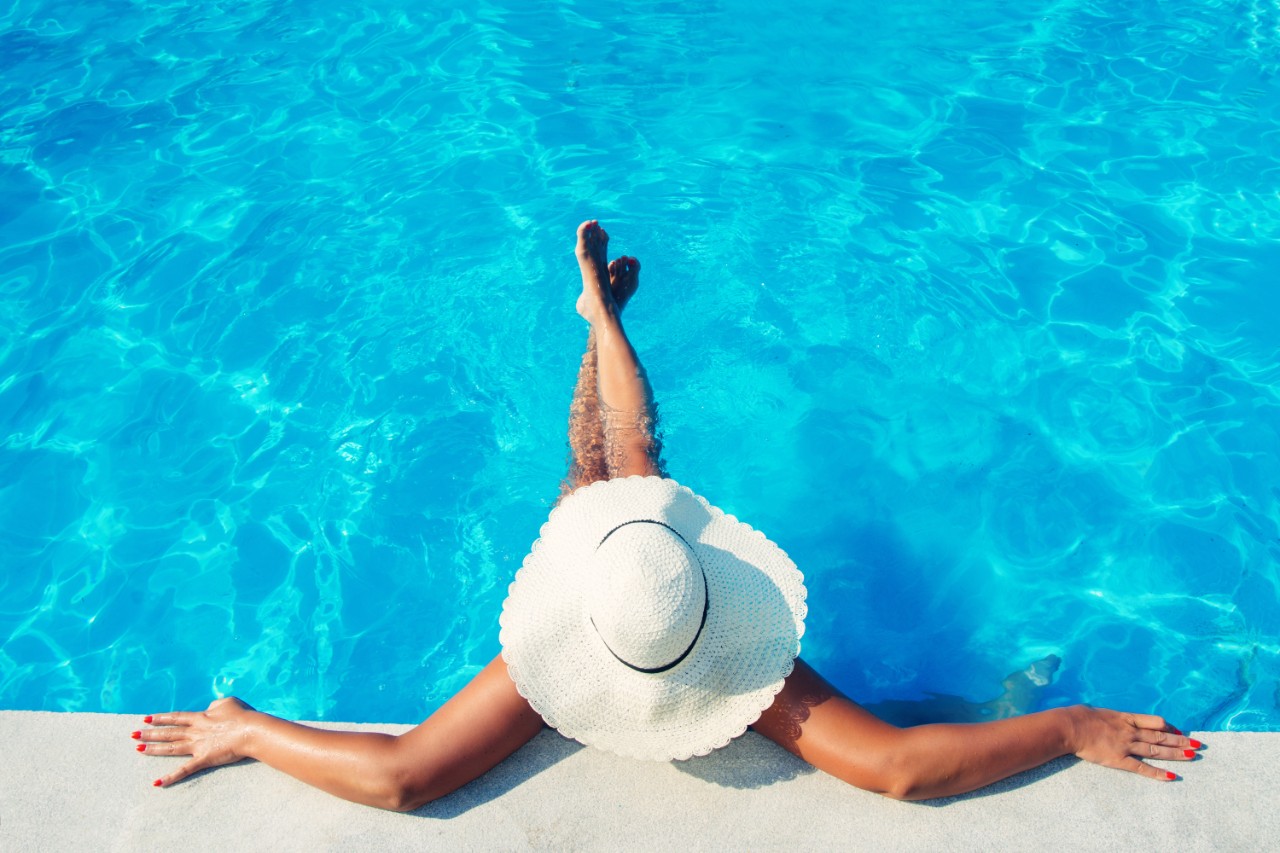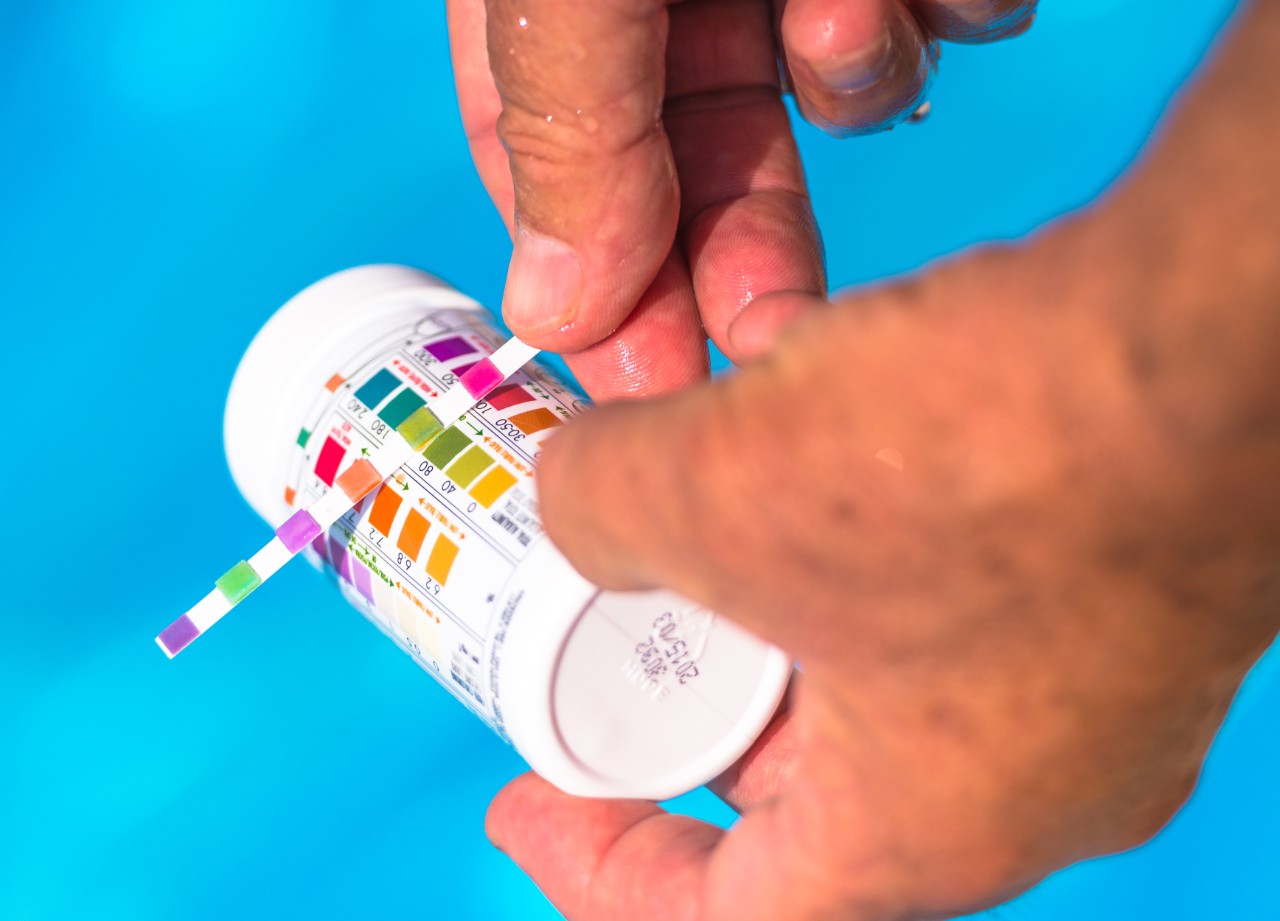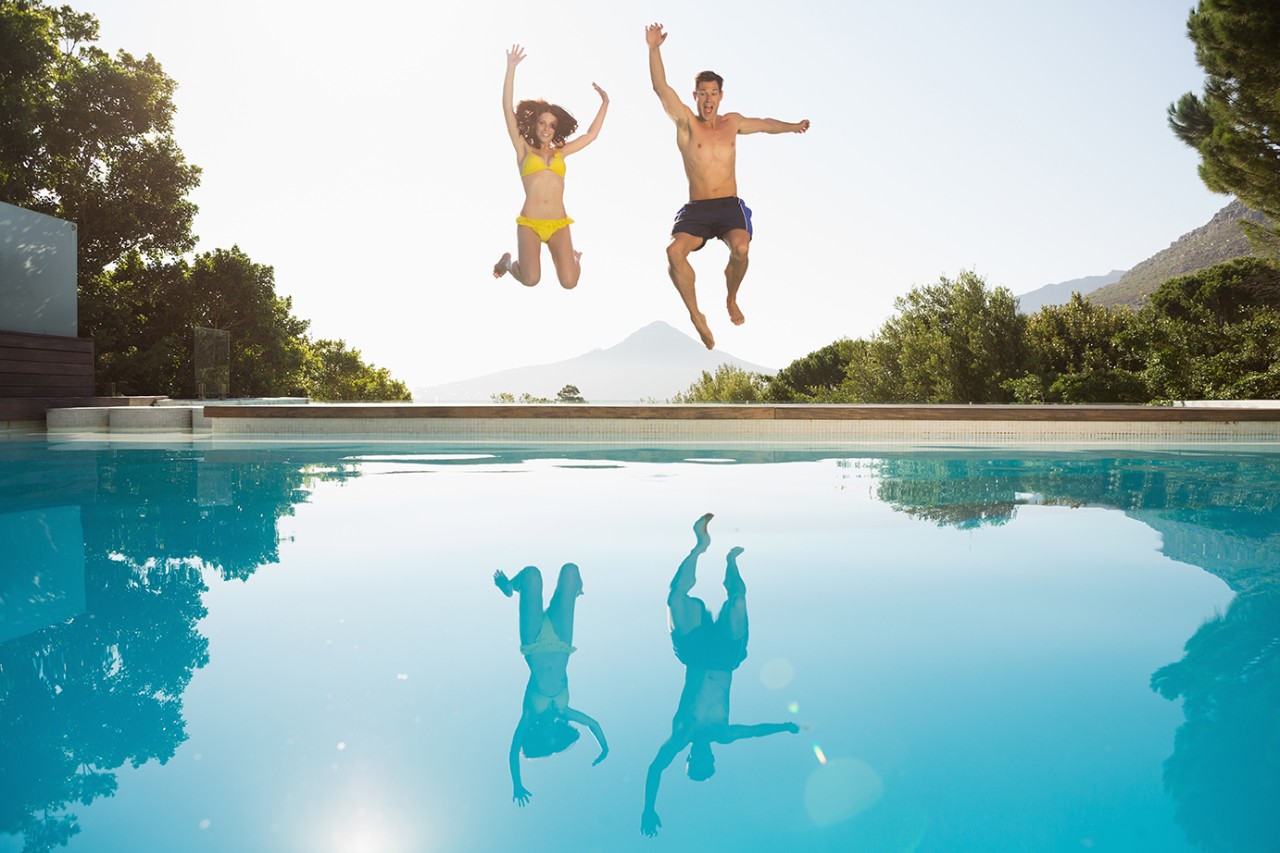
Trichlorine, or more commonly known as slow chlorine, is the most commonly used sanitizer to keep the pool sanitized during the swimming season. The use of slow chlorine as a disinfectant ensures a free residual chlorine in the pool. The free residual chlorine (water with disinfectant power) is indispensable to destroy those microorganisms that can be introduced after the water is already disinfected. The recommended free chlorine in a swimming pool is between 0.5-2 ppm, being 1 ppm the ideal value. Less than 1 ppm of free chlorine will allow bacteria and algae to grow in the water, causing unhygienic and unpleasant conditions. The exact amount of chlorine product needed to maintain 1 ppm free chlorine varies throughout the season. It will depend on the number of bathers, sunlight, water temperature and weather conditions if it is an outdoor pool. Trichlor or slow chlorine, because it contains a stabilizer in its formulation, prevents the product from evaporating and the pool from running out of disinfectant quickly.


